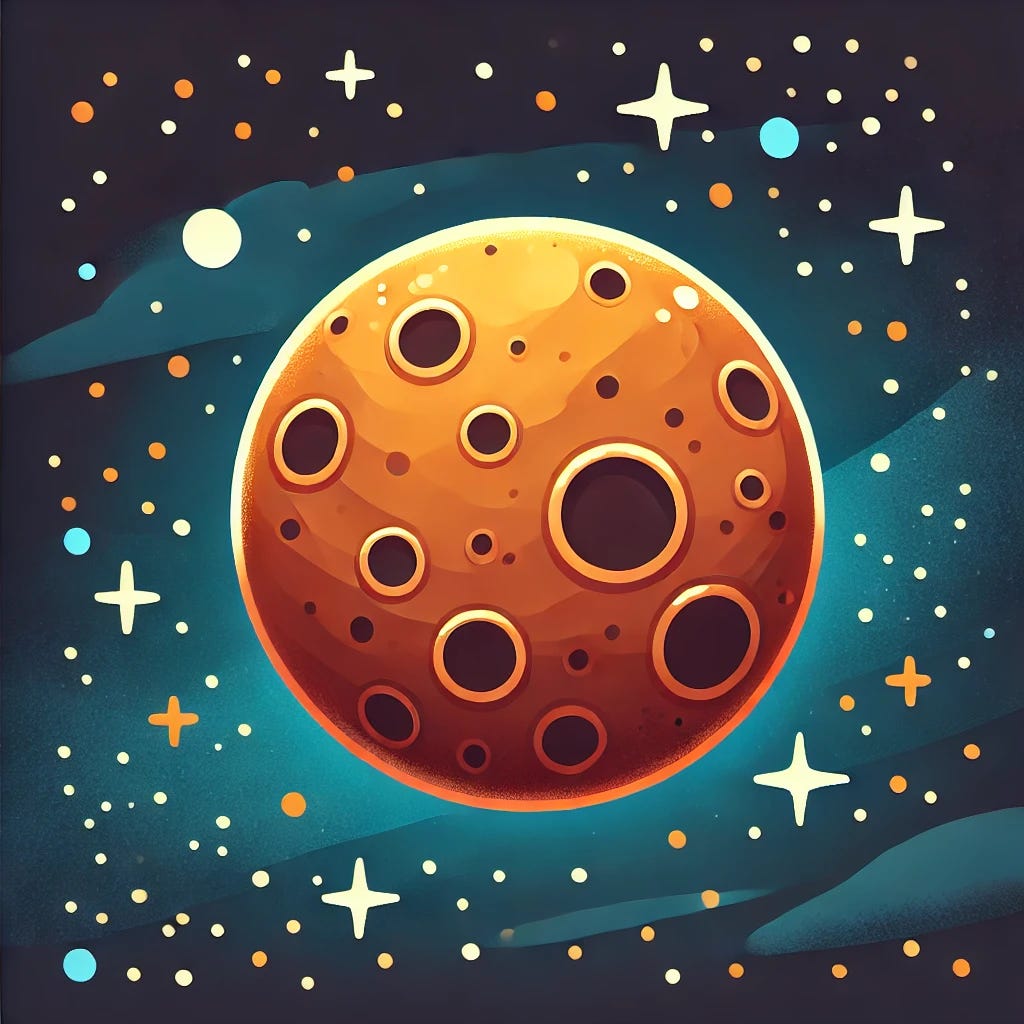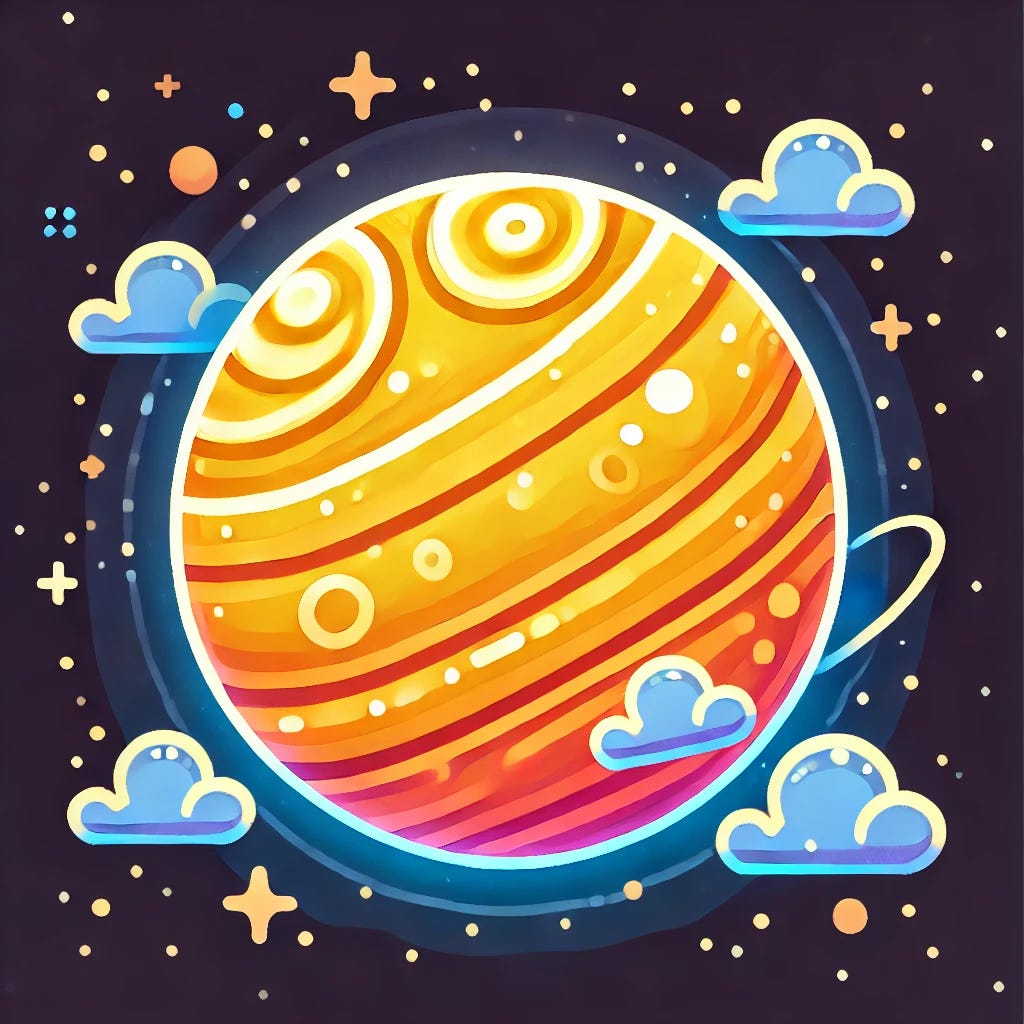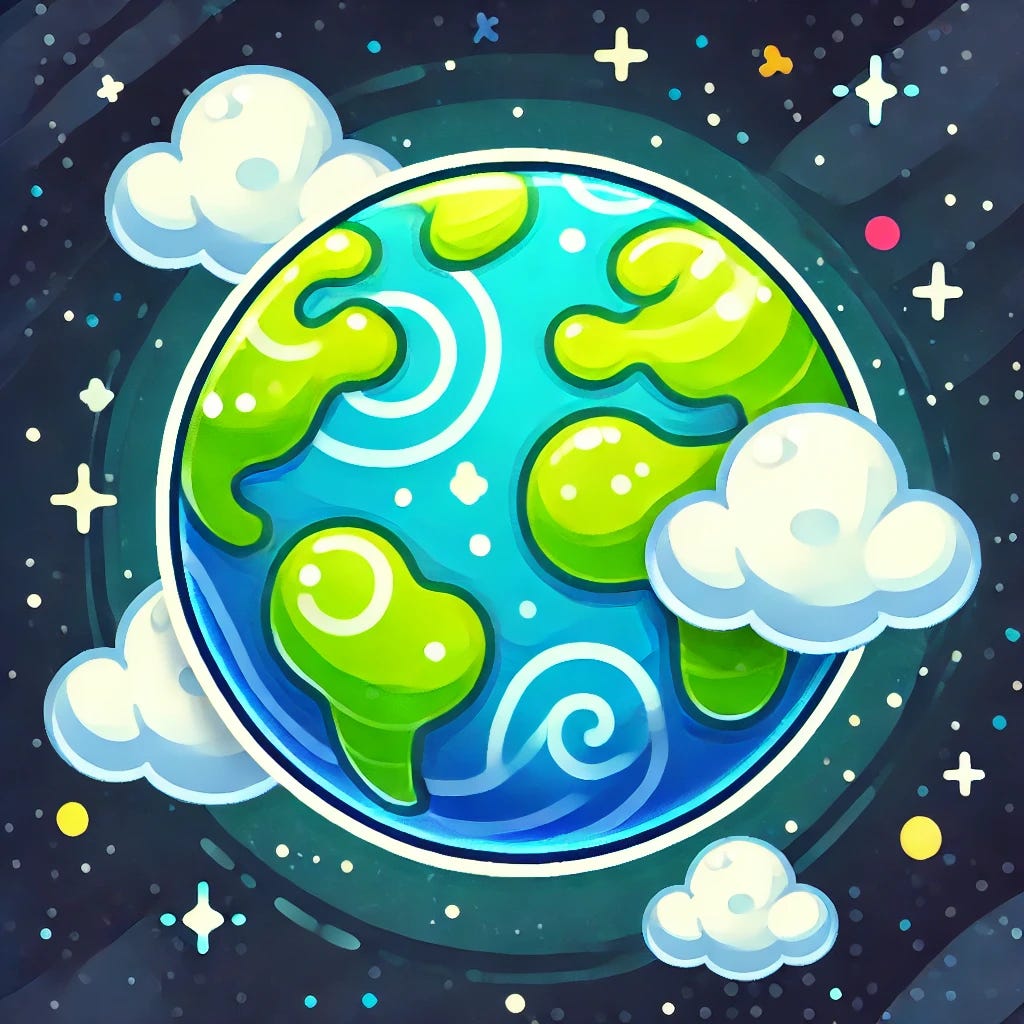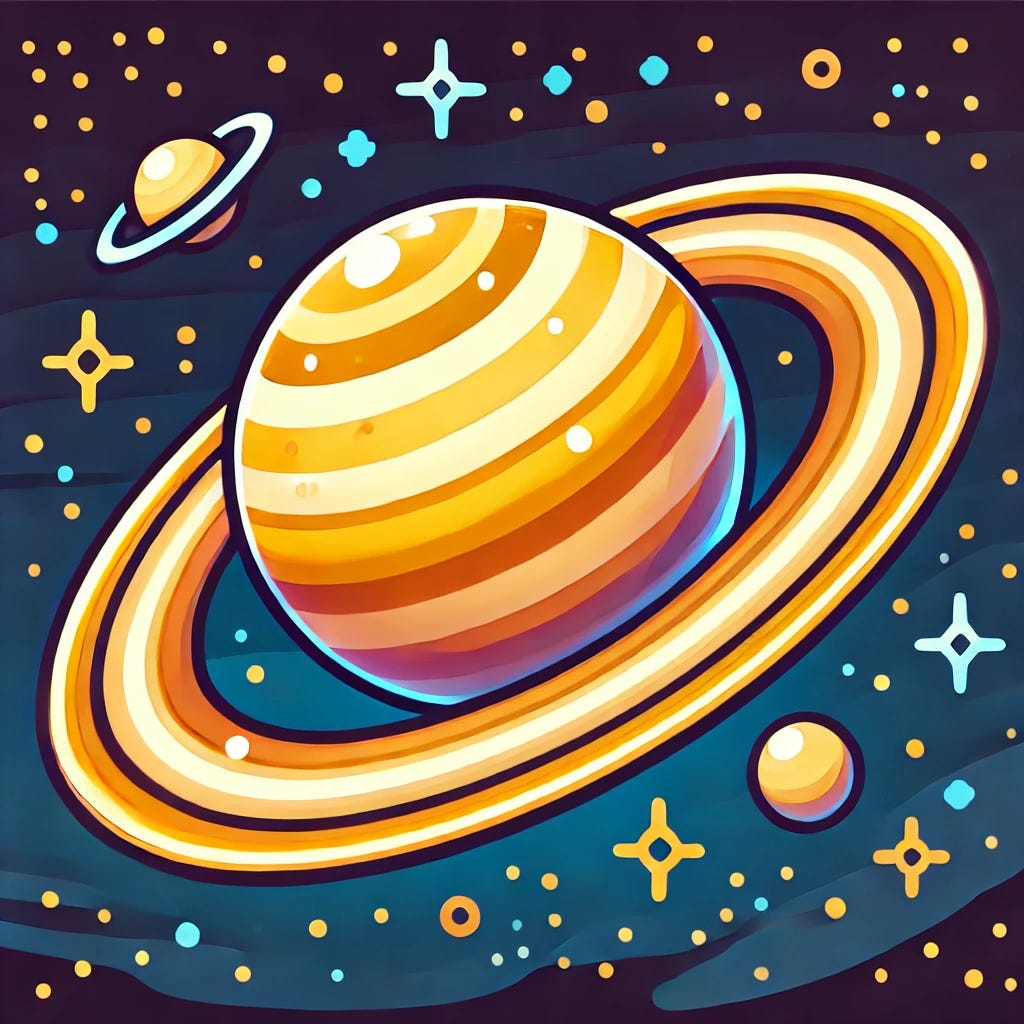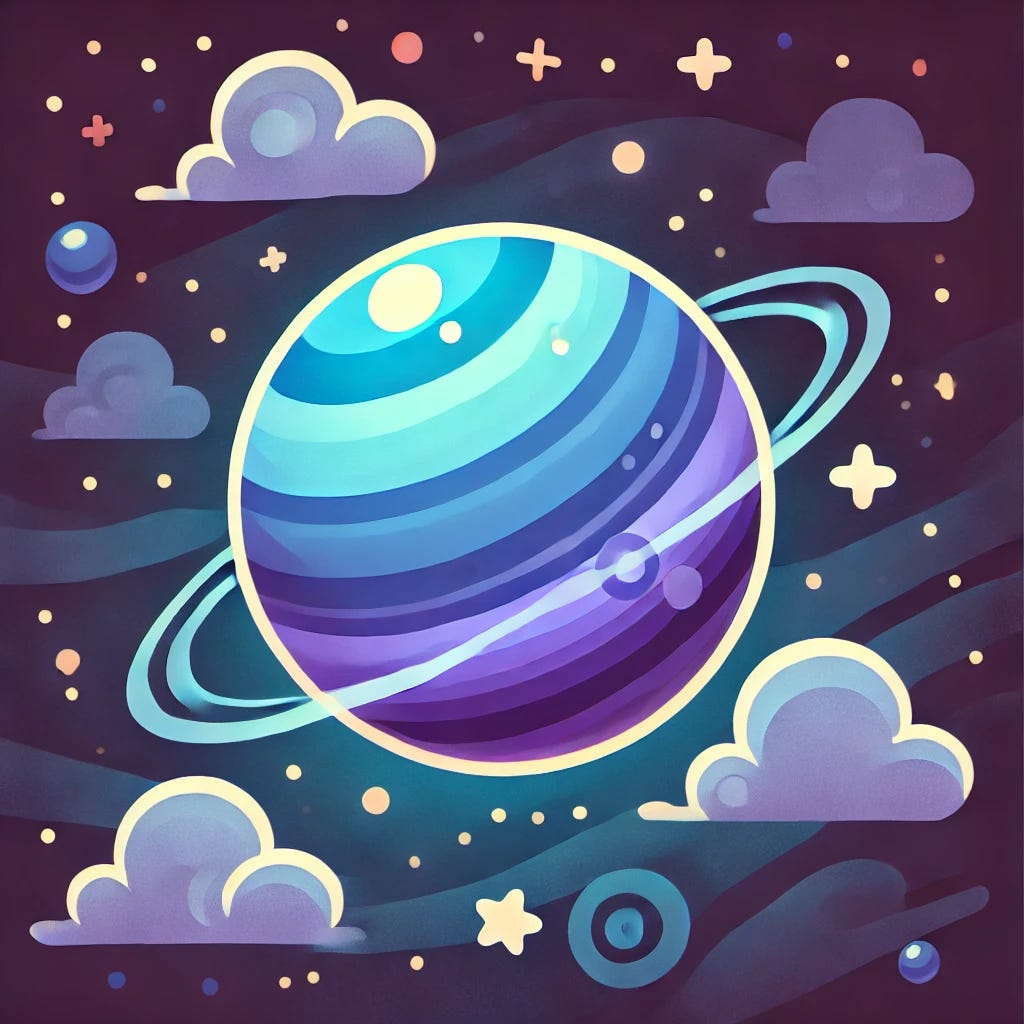The Amazing Solar System
A Space Family Adventure!
The Amazing Sun
The solar system is like a big space family with the Sun in the middle. The Sun is a huge, hot ball of gas that gives us light and heat.Around the Sun, there are eight planets that travel in paths called orbits.The Sun helps plants grow, gives us energy, and even helps make the weather. Even though the Sun looks small in the sky, it's actually HUGE—much bigger than Earth! But it's very far away, so it looks smaller to us.
The solar system is a vast and fascinating place, home to eight unique planets that orbit our central star, the Sun. Each planet has its own characteristics, atmosphere, and intriguing features. Let’s embark on a journey through the solar system and explore these celestial wonders!
MERCURY – The Swift Messenger
Mercury is the closest planet to the Sun and the smallest in our solar system. It has extreme temperatures, with scorching days and freezing nights due to its lack of atmosphere. With a rocky surface covered in craters, Mercury resembles our Moon and orbits the Sun faster than any other planet.A year on mercury is 88 earth days!
VENUS – The Hottest Planet
Venus is often called Earth’s twin because of its similar size and composition. However, its thick, toxic atmosphere traps heat, making it the hottest planet in our solar system. Venus experiences a greenhouse effect so intense that temperatures can melt lead, and its dense clouds of sulfuric acid make it an inhospitable world.A year on venus is 225 earth days.
EARTH – Our Blue Home
Earth is the only planet known to support life. With vast oceans, diverse landscapes, and a protective atmosphere, it provides the perfect conditions for plants, animals, and humans. Earth’s unique biosphere, moderate climate, and liquid water make it an extraordinary planet in the vastness of space.
MARS – The Red Planet
Mars is famous for its reddish appearance due to iron oxide (rust) on its surface. Scientists believe Mars once had liquid water, making it a prime candidate for past microbial life. The planet features the tallest volcano in the solar system, Olympus Mons, and a massive canyon, Valles Marineris.A year on mars is 687 earth days.
JUPITER – The Giant of the Solar System
Jupiter is the largest planet, known for its swirling clouds, massive storms, and the Great Red Spot—a storm larger than Earth. Composed mostly of hydrogen and helium, Jupiter has over 90 moons, including Ganymede, the largest moon in the solar system. Its immense gravity influences many objects in the solar system.A year on jupiter is 12 eath years.
SATURN – The Ringed Wonder
Saturn is instantly recognizable due to its stunning ring system, composed of ice and rock particles. It is a gas giant, like Jupiter, with a thick atmosphere. Saturn’s largest moon, Titan, is intriguing because it has a thick atmosphere and liquid methane lakes, making it a focus of scientific exploration.A year on saturn is 29.5 earth years.
URANUS – The Tilted Planet
Uranus is unique because it rotates on its side, possibly due to a massive collision in its past. This icy giant has a pale blue color due to methane gas in its atmosphere. Uranus has faint rings and at least 27 moons, and its seasons last for decades because of its extreme tilt.A year on uranus is 84 earth years.
NEPTUNE – The Windy Giant
Neptune is the farthest planet from the Sun and the coldest in the solar system. Known for its deep blue color, Neptune experiences the fastest winds recorded on any planet, reaching speeds of over 1,200 mph. Its largest moon, Triton, orbits in the opposite direction of Neptune’s rotation, suggesting it was captured from the Kuiper Belt.A year on neptune is 165 earth years.
The eight planets of our solar system each hold their own mysteries and wonders. From the scorching surface of Mercury to the icy winds of Neptune, these planets continue to captivate scientists and space enthusiasts alike. As technology advances, future space missions will uncover even more about these fascinating worlds, helping us better understand our place in the cosmos.



